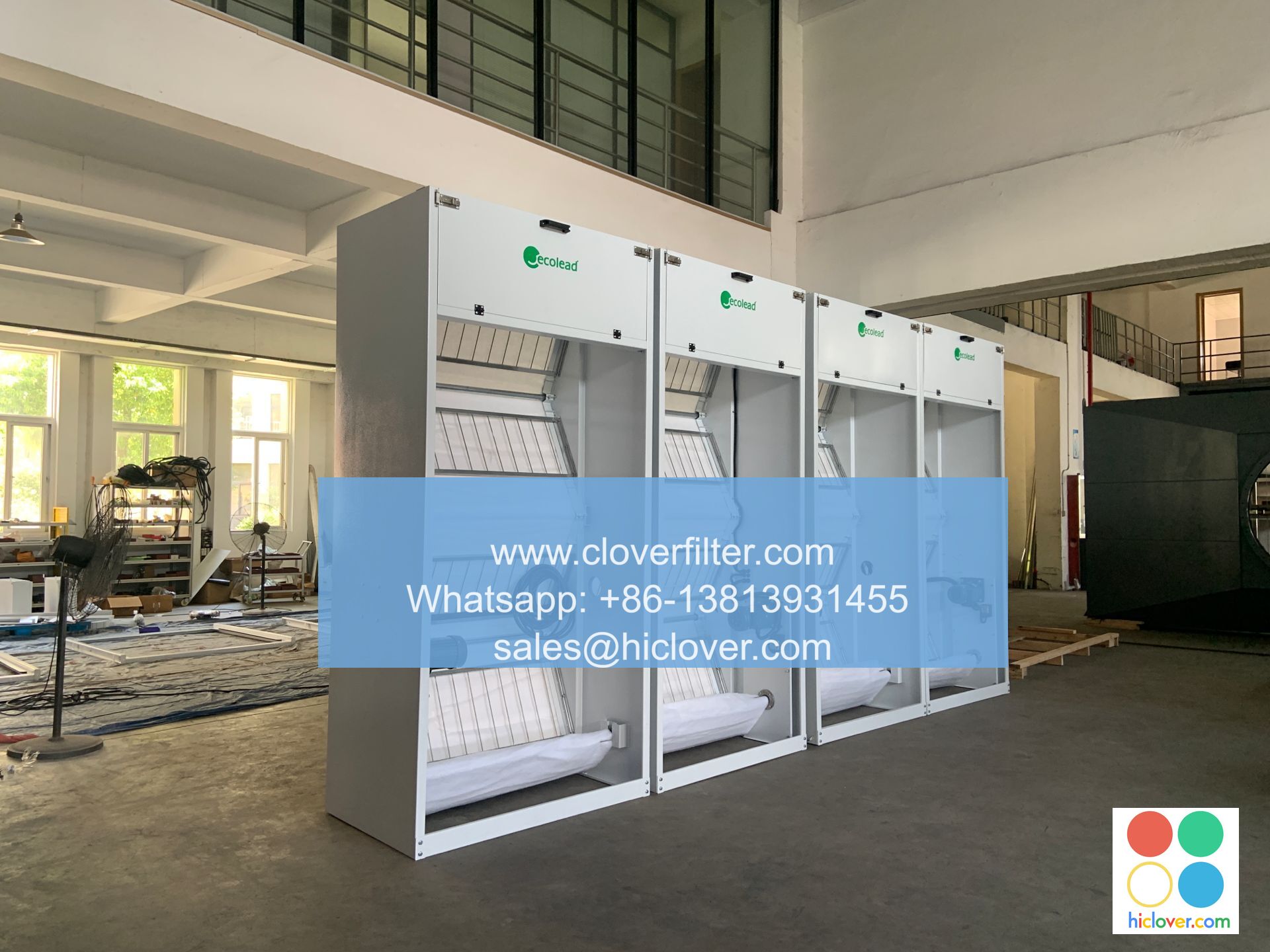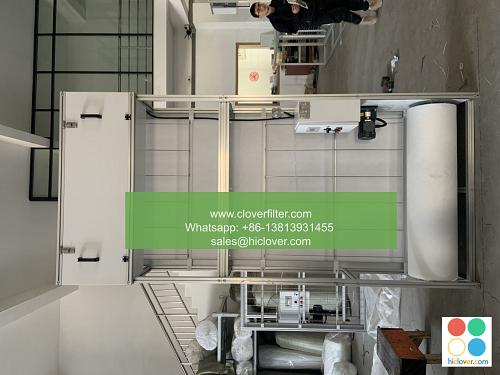Air Filter Movements: A Key Component of Smart Home Systems

The concept of smart home systems has gained significant traction in recent years, with a focus on creating integrated, efficient, and comfortable living spaces. One crucial aspect of these systems is the air filter movement, which plays a vital role in maintaining indoor air quality. In this article, we will delve into the world of air filter movements, exploring their significance, application areas, and the impact they have on smart home systems.
Introduction to Air Filter Movements
Air filter movements refer to the mechanical or automated systems that facilitate the circulation of filtered air throughout a building. These movements are designed to optimize airflow, minimize energy consumption, and reduce the risk of airborne contaminants. By incorporating advanced technologies such as IoT sensors, artificial intelligence, and machine learning, air filter movements have become an essential component of smart home systems.
Key Benefits of Air Filter Movements
The integration of air filter movements in smart home systems offers numerous benefits, including:
- Improved Indoor Air Quality (IAQ): By continuously monitoring and adjusting airflow, air filter movements help eliminate pollutants, allergens, and other harmful particles from the air.
- Energy Efficiency: Smart air filter movements can optimize energy consumption by adjusting fan speeds, detecting occupant presence, and integrating with other smart devices.
- Enhanced Comfort: By maintaining a consistent and comfortable temperature, air filter movements contribute to a healthier and more pleasant living environment.
- Increased Property Value: The installation of smart air filter movements can increase property value, making it an attractive feature for potential buyers or renters.
- Residential Buildings: Smart homes, apartments, and condos can benefit from air filter movements, particularly in urban areas where air pollution is a concern.
- Commercial Spaces: Office buildings, retail stores, and restaurants can improve IAQ and reduce energy consumption with advanced air filter movements.
- Healthcare Facilities: Hospitals, clinics, and nursing homes require high-quality air filtration systems to prevent the spread of infections and maintain a healthy environment.
- Industrial Settings: Manufacturing facilities, warehouses, and laboratories can benefit from air filter movements, which help remove airborne contaminants and improve worker safety.
- Internet of Things (IoT): IoT sensors and devices enable real-time monitoring and control of air filter movements, allowing for optimized performance and energy efficiency.
- Artificial Intelligence (AI): AI-powered air filter movements can learn occupant preferences, detect anomalies, and adjust airflow accordingly.
- Machine Learning (ML): ML algorithms can analyze data from various sources, including sensors, weather forecasts, and occupant behavior, to optimize air filter movements.
- Smart Home Automation: Integration with other smart devices, such as thermostats, lighting systems, and security cameras, enables seamless control and monitoring of air filter movements.
Application Areas of Air Filter Movements
Air filter movements have a wide range of applications, including:
Technologies Driving Air Filter Movements
Several technologies are driving the development of air filter movements, including:
Conclusion
In conclusion, air filter movements are a vital component of smart home systems, offering numerous benefits, including improved IAQ, energy efficiency, and enhanced comfort. With a wide range of applications and technologies driving their development, air filter movements are poised to play an increasingly important role in creating healthy, efficient, and sustainable living spaces. As the smart home market continues to evolve, it is essential to prioritize the integration of advanced air filter movements, leveraging technologies like IoT, AI, and ML to create a better future for occupants and the environment.
You haven’t provided a question or topic for me to assist you with. Please provide more context or information so I can give you a helpful response. What would you like to talk about or ask?

